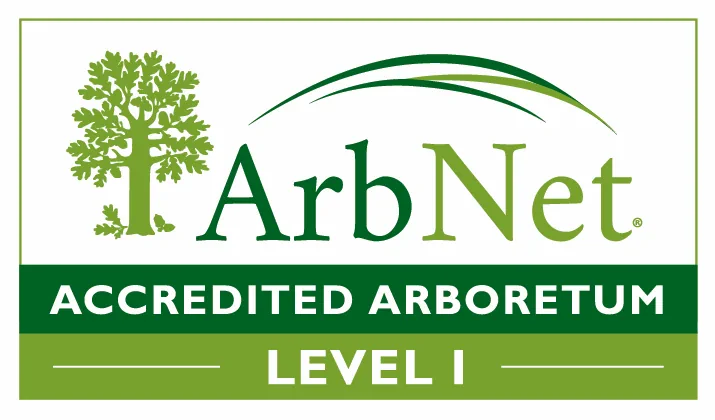Just a few yards separate the remembered from the forgotten: the distance might as well be miles. The politics of race don’t stop when the heart does.
Gentrification of the dead is alive and well in Georgetown. Stand in just the right spots among the sloped and manicured lawns, towering monuments and gleaming headstones of Oak Hill Cemetery and you can see past a rusted chain-link fence to a massive pile of tumbled and crumbling concrete markers.
Buried somewhere beneath the weeds at the three-acre Mt. Zion & Female Union Band Society Cemetery is Clement Morgan, the first African American to graduate from both Harvard College and Harvard Law School. He isn’t the only one whose grave is lost to time. Also somewhere in Mt. Zion Cemetery are the unmarked remains of hundreds of slaves and freemen, whose stories of injustice died a second death when the ravages of time, inattention and disrespect turned their final resting place into a dog park and a sometime garbage dump.
Reverence for the dead of color at Mt. Zion has long been a distant second to the demands of money and development. Now that landmark status guarantees that the land can never be sold, the present state of this appalling wasteland remains an unseemly reminder of Georgetown’s failure to honor those who were an integral part of the community, but who lived and died as third-class members of a society that thought little of them when alive and nothing of them after death.
The old burial ground is located near the corner of 27th Street and Q Street NW in a muddy alley behind a row of apartment buildings. A walk through the debris-littered space generally means stepping through deep soil or mud while pushing past dumpsters or maneuvering around parked cars. The two adjoining cemeteries – one black and one white – provide a stark reminder that the earthly barriers of color and class persist even after the surly bonds of earth are severed.
Despite the daunting challenges that await any effort to reverse the ravages of time and neglect, there are murmurs of hope, accompanied by a newfound desire to address with honesty the failures of conscience that ruled Georgetown’s racist past and honor those who endured lives in the shadows.
On many lists of historic places in the District, the cemetery is recognized as an important part of the collective history of Georgetown. But its future is still unclear.
The owner of the land, Mt. Zion Church, is seeking outside resources to restore the site. Dr. Thornell Page, leader of the congregation’s preservation committee and charged by the church to find a possible future path, said his church “has entered into an agreement with the Historic Preservation Office about two months ago. They’ve agreed to match $5,000 to the Mt. Zion Church’s $5,000.” Clearly understanding that the anticipated $10,000 is just a drop in the bucket, Dr. Page is hoping that it may be enough to publicize the present state of things and bring in resources to help kick-start what will be a major – and ultimately very expensive – restoration. The actual cost to restore the site is thought to be in the hundreds of thousands of dollars.
While trying to look past the obvious hurdles ahead, Dr. Page is realistic about the future. It is an emotional issue for him, knowing that the goal of honoring the dead while educating the living will be a costly and taxing endeavor requiring the efforts of many. “It takes people who are interested in preservation and culture … to energize the community,” he said. Though it is probably the strongest push in decades, this is not the first time that hopes have been raised. On several occasions, the slope of decay at Mt. Zion has been halted, only to have progress quickly dashed by changes of heart and fashion.
Over the last several decades, there have been many false starts at restoration. Those failures of the past are vivid to Dr. Page, but he chalks them up as lessons learned. He believes that there now appears to be real momentum for change.
When it first opened in 1809, the cemetery offered two distinct classes of burial that mirrored the social segregation of the time. Whites and free blacks paid $15 for a prime lot, while slave-owning members of the church paid $3 for internment of their human property anywhere there was room. From its very beginnings, the cemetery was a stop on the Underground Railroad. Hidden over the slope of a hill is a small pre-burial storage vault that was frequently pressed into service as a place for runaway slaves to hide on their way north to freedom.
Mt. Zion was a busy place with dozens interred there yearly, but things changed dramatically for the worse when, in 1849, the racially restricted Oak Hill Cemetery was established. White families, seeking the opportunity of burial in the grand, new and all-white Oak Hill Cemetery, worked quickly to have their dead dug up and taken out of Mt. Zion – along with the funds for their perpetual care. The result of the mass exodus of the well-to-do was a patchwork of half-filled holes and a shortfall in dollars for upkeep.

